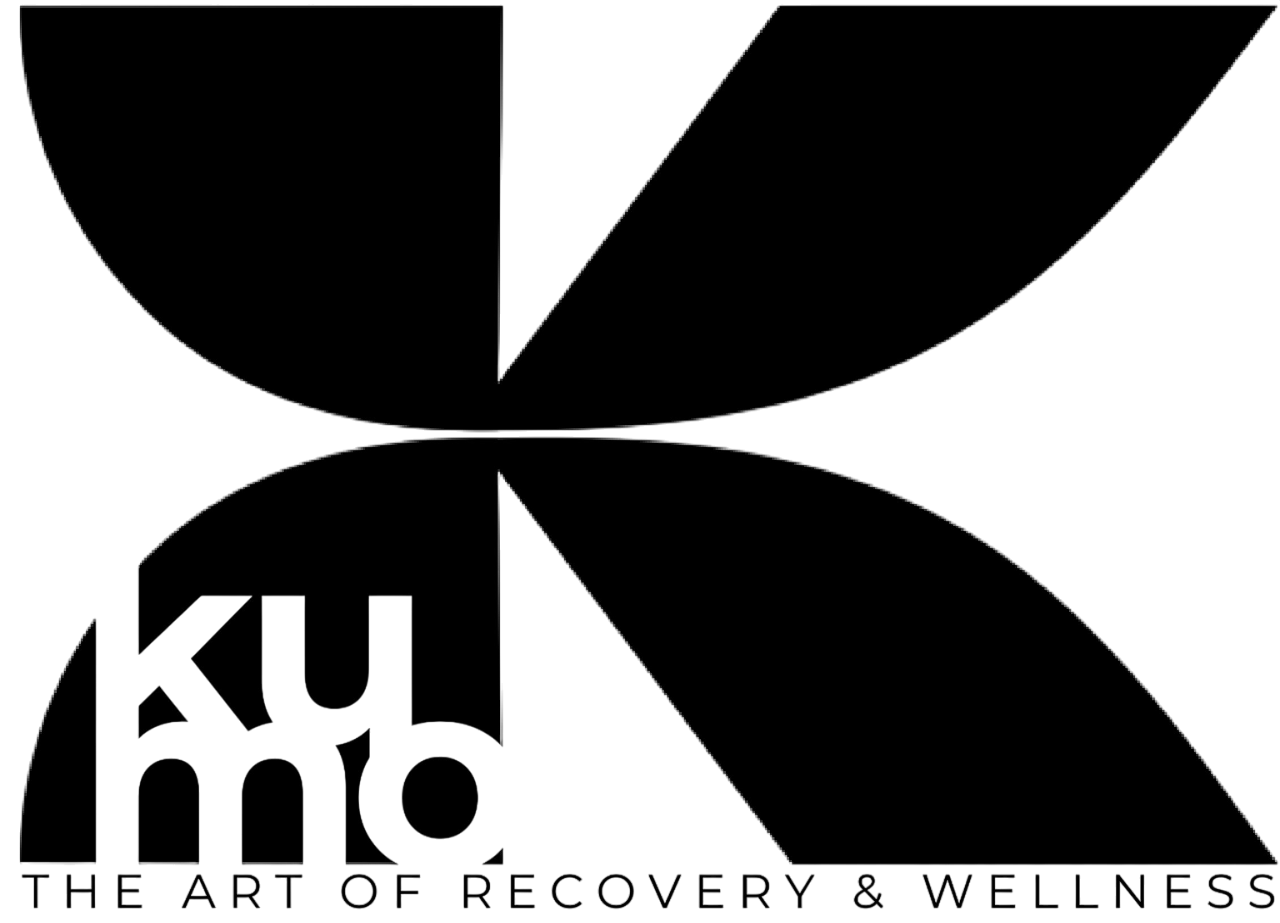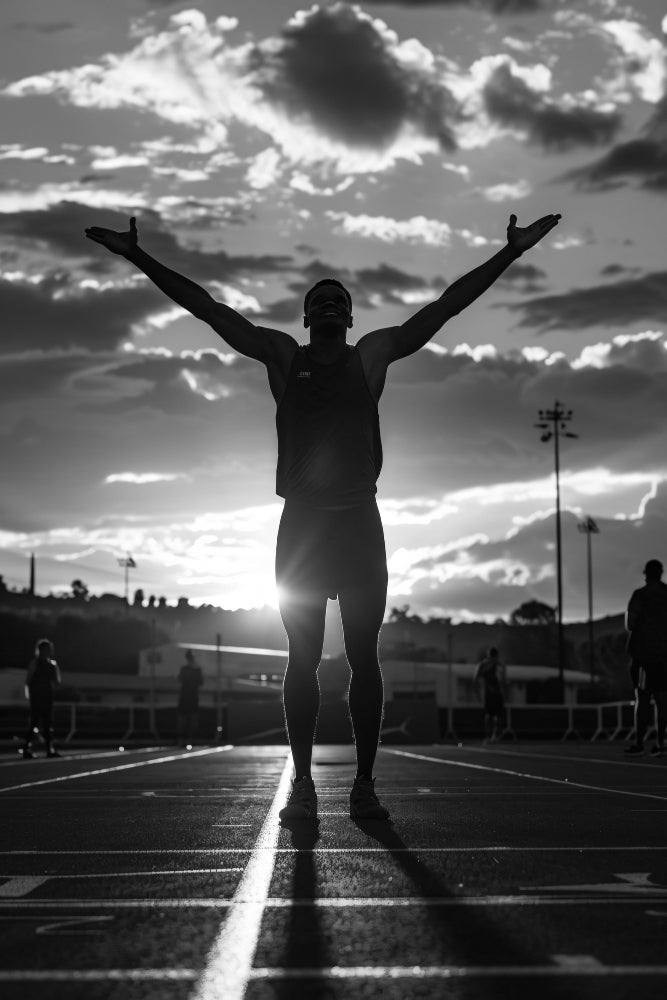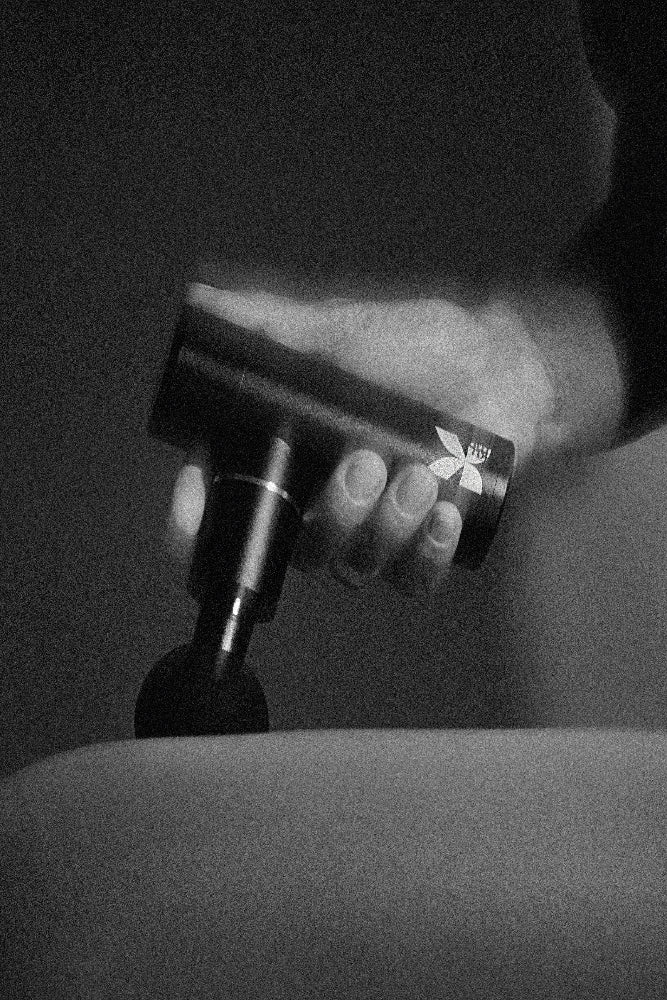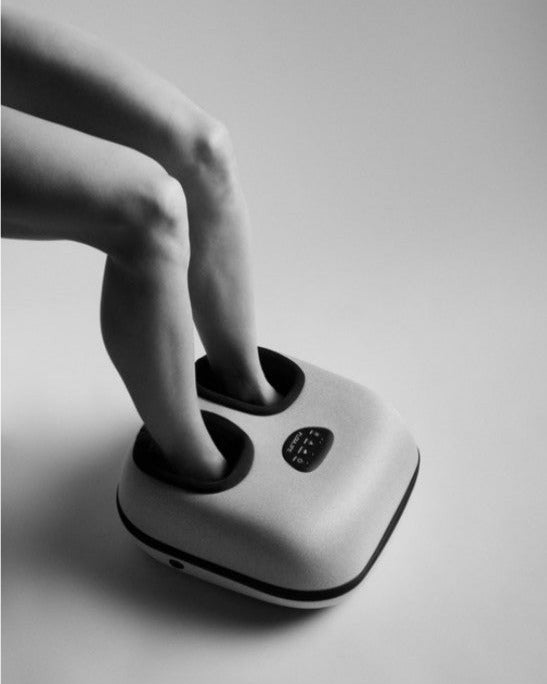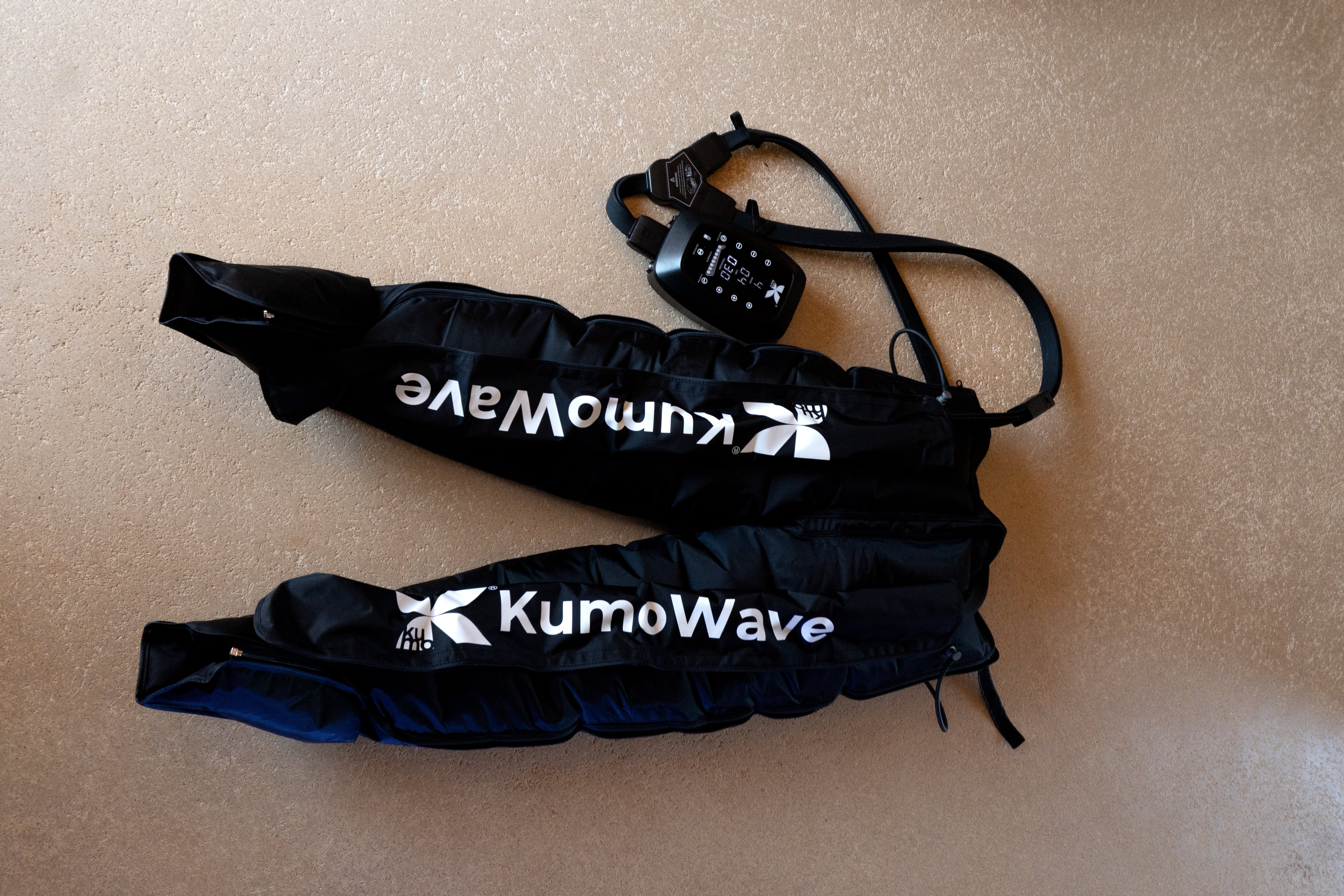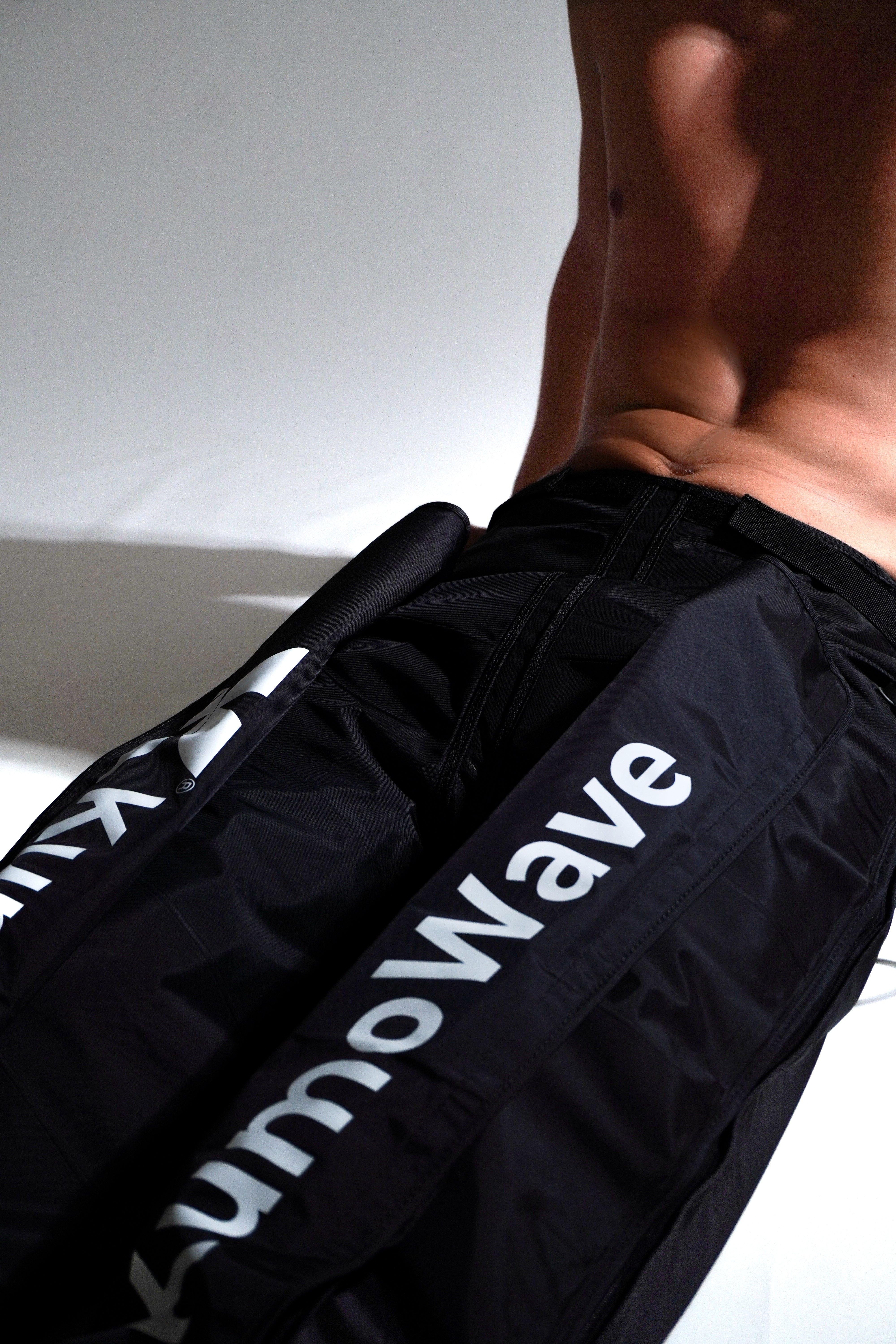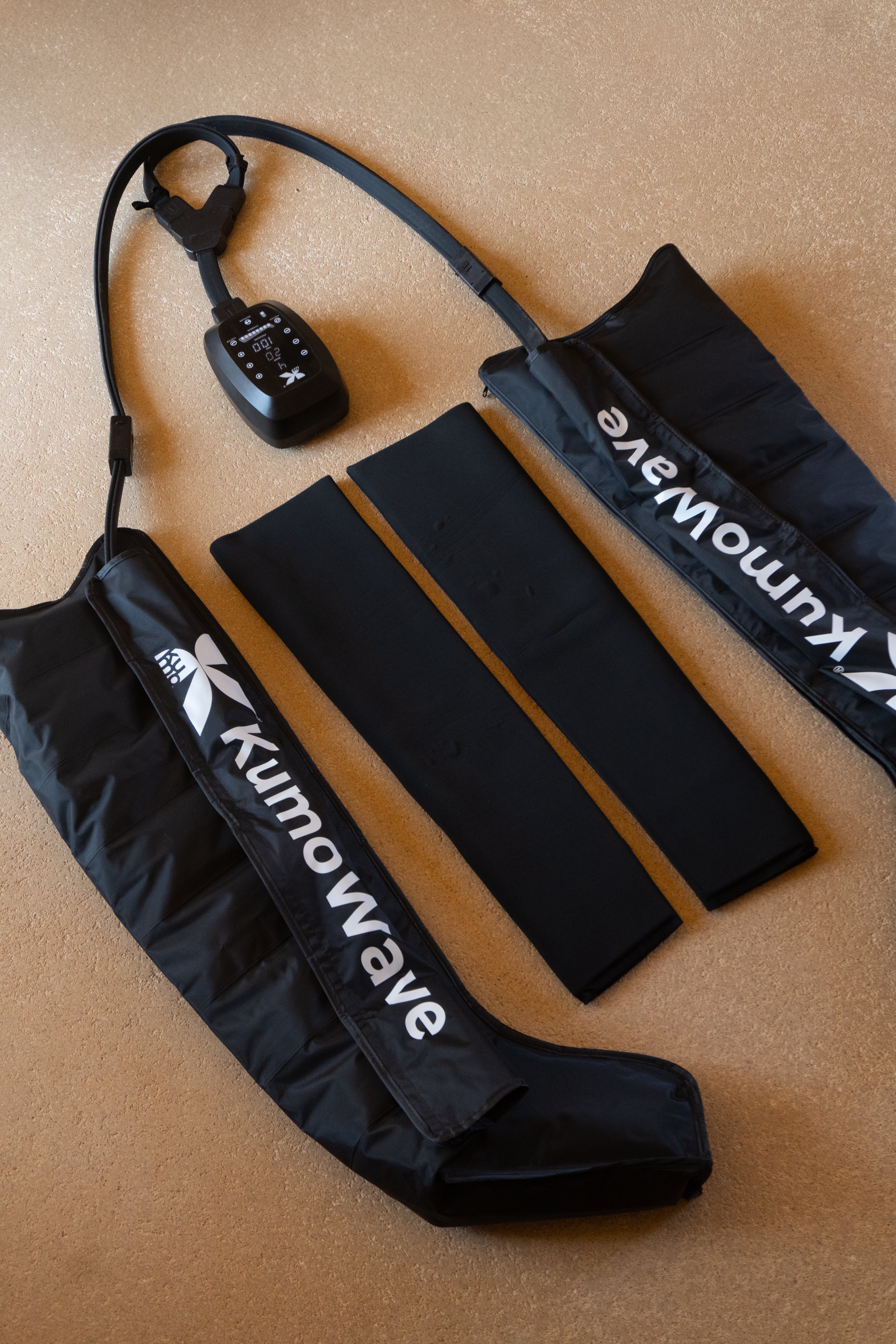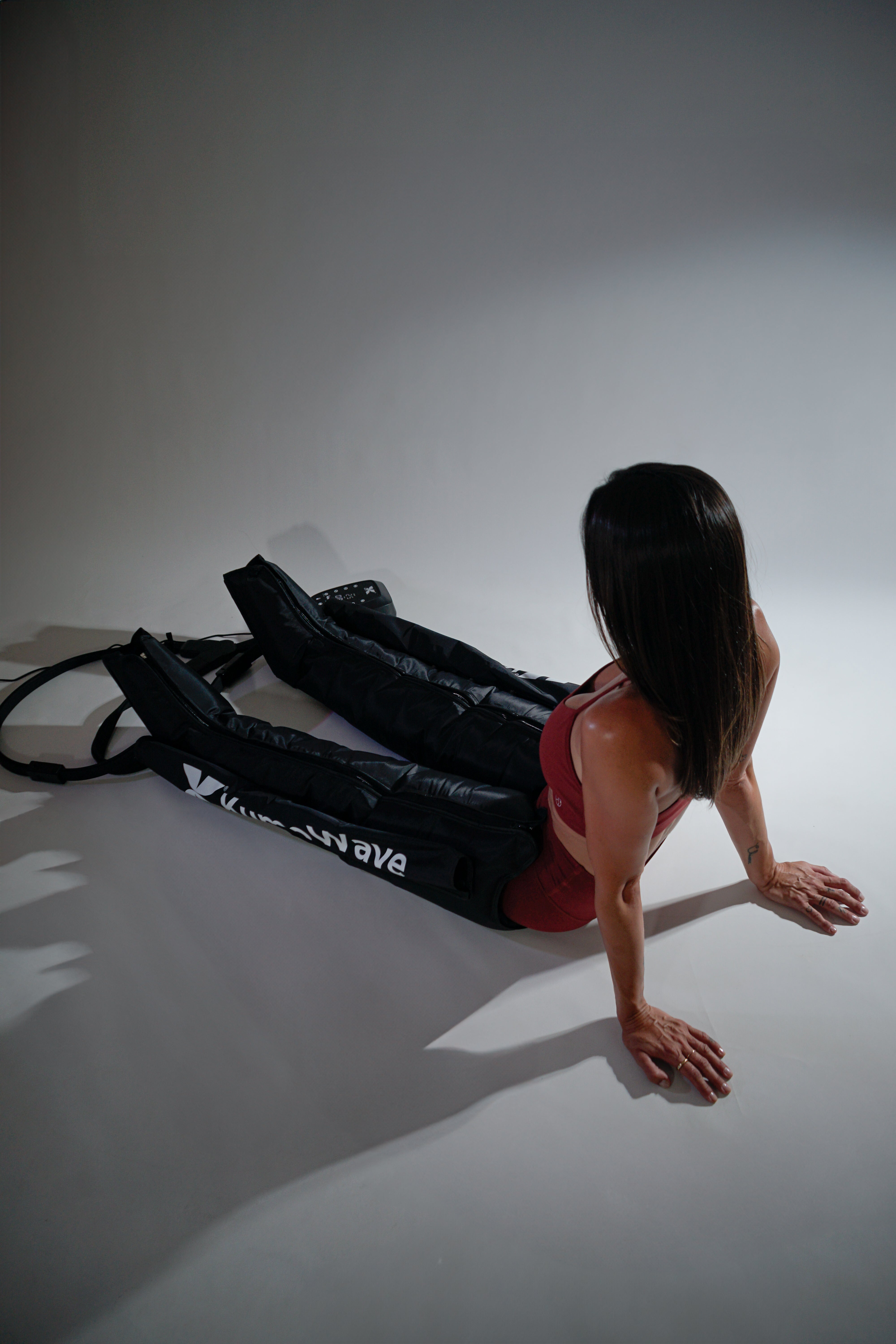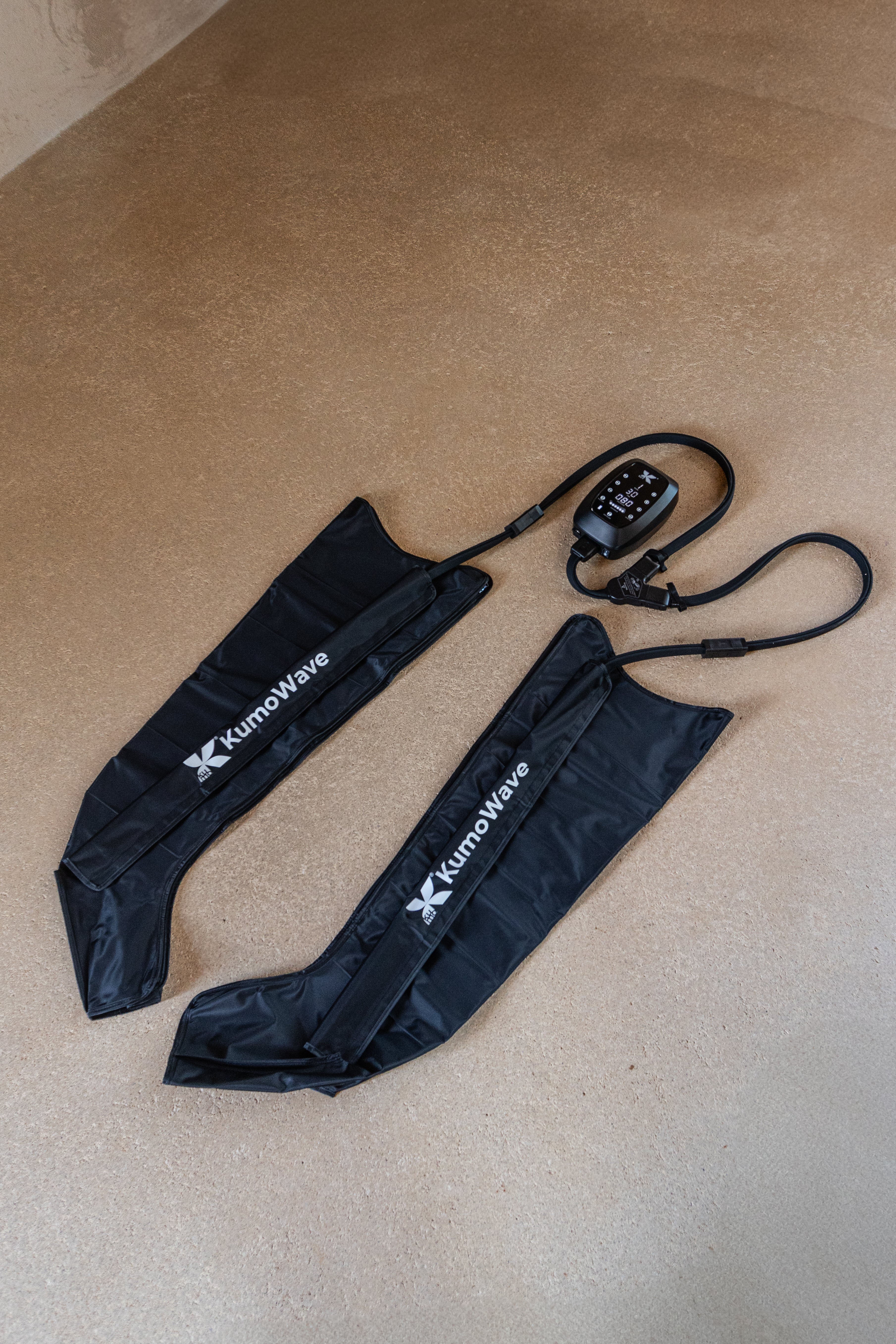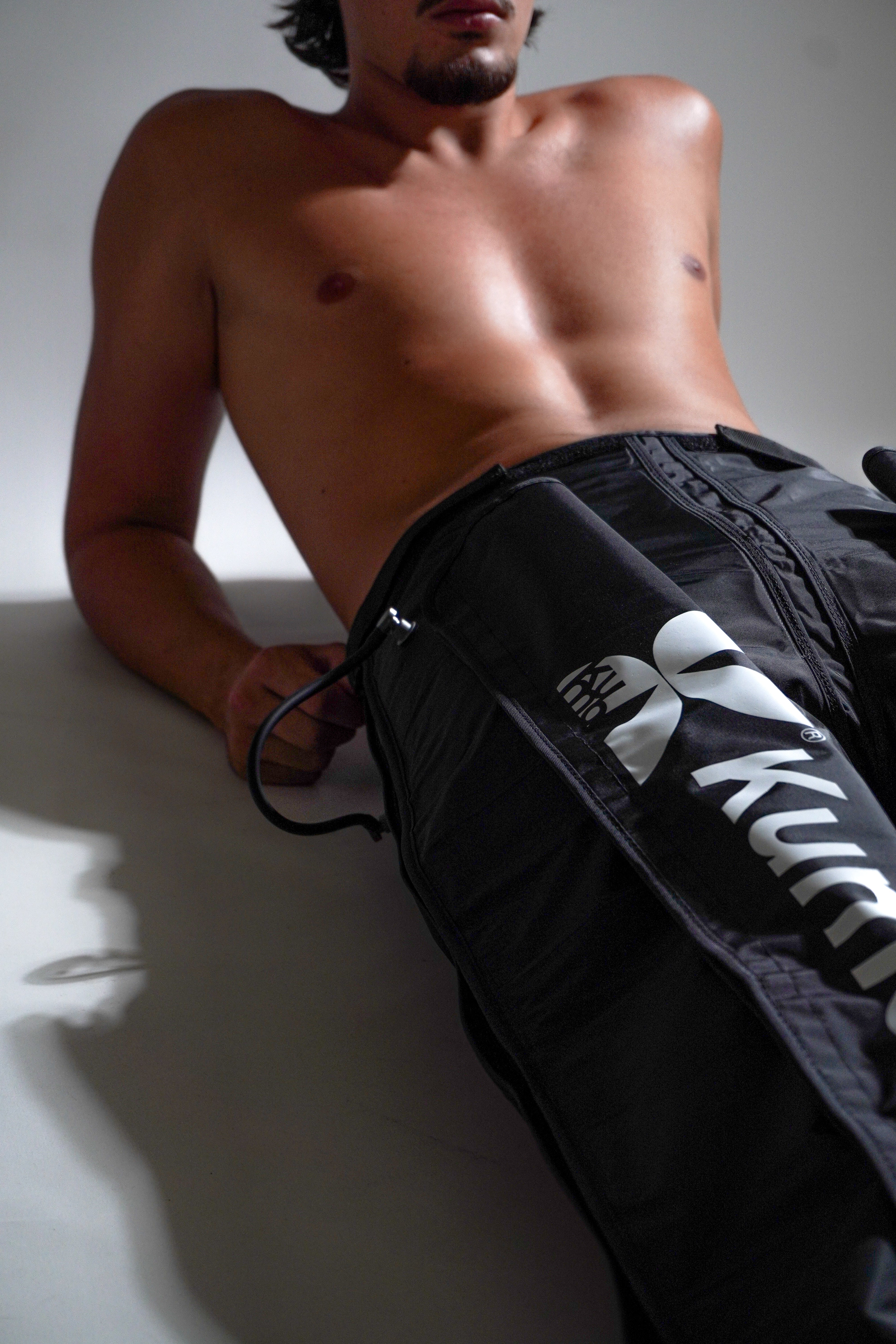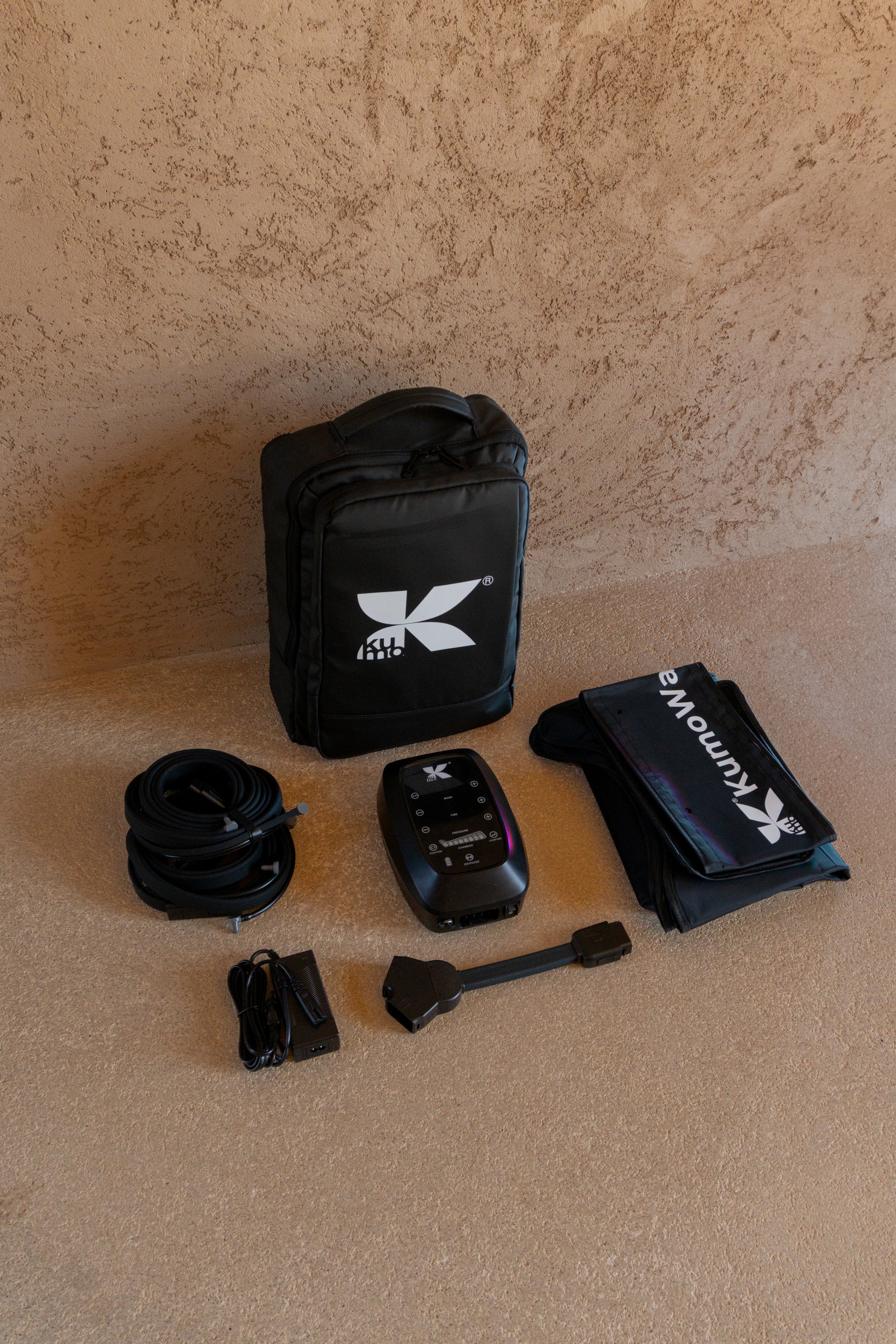Pressotherapy boots for fluid retention: guided and effective relief at home. If you notice swollen legs, heaviness, or sock marks, these pneumatic compression boots help improve venous return and lymphatic drainage, reducing swelling safely and measurably. Here, you'll see how they work, how to use them step by step, when they're appropriate, and how to integrate them into a smart recovery routine.
Coming soon
- They promote venous return and lymphatic drainage to relieve swelling and heaviness.
- Typical sessions: 15–30 minutes, 3–5 days/week, with comfortable, pain-free pressure.
- Useful after trips, days on your feet, training, or prolonged sedentary lifestyles.
- They don't replace movement or treat underlying medical causes; they're meant as support.
- Review contraindications (thrombosis, decompensated heart failure, infections).
| Aspect | Quick recommendation | Note |
|---|---|---|
| Duration per session | 15–30 minutes | Increase gradually if tolerated |
| Frequency | 3–5 days/week | In acute phases, daily if your doctor approves it |
| Pressure | Moderate and painless | Better mid-range tolerance; prevents discomfort |
| Position | Rest, legs elevated | Hydration before and after |
| Warning sign | Pain, numbness, redness | Stop the session and consult |
What they are and how they relieve fluid retention
Pressure therapy boots apply intermittent, sequential pneumatic compression from the foot to the thigh. This air chamber "massage" mimics the calf muscle pump and displaces excess fluid into the central circulation. The result: less edema, a feeling of lightness, and improved recovery after exercise.
This technology is used in clinics, physical therapy, and home use. For those who want to integrate recovery into their daily lives, brands such as KUMO They combine aesthetics, technology and performance, bringing a professional experience to the home.
Benefits supported and when it makes sense to use them
Common cases in which they help
- Long hours standing or sitting (office, hospitality, shifts).
- Long trips (plane, car) with heavy legs at the end of the day.
- Post-workout to promote metabolite clearance and a feeling of recovery.
- Mild edema associated with heat, menstrual cycle or sedentary habits.
- As a complement in the management of mild/moderate lymphedema under clinical supervision.
Practical advice: If pressing your finger on your shin leaves a mark that takes a long time to disappear, pneumatic compression can be especially helpful for support.
What the evidence says
- In lymphedema, clinical guidelines include intermittent pneumatic compression as a support for drainage and compression garments, within a comprehensive skin care and exercise plan. Baseline review: NHS – Lymphoedema and StatPearls/NCBI .
- In venous ulcers, a Cochrane review (evidence reviewed) indicates that pneumatic compression may improve healing rates compared to no compression, and provides additional benefit with compression bandages in some cases: Cochrane Library – Intermittent pneumatic compression for venous leg ulcers .
- In sports recovery, several studies report improvements in subjective markers (pain, heaviness) and venous return; the effects on performance depend on the protocol and the athlete. The evidence is promising but mixed.
Practical conclusion: For non-pathological fluid retention and heavy legs, it is an effective and safe aid. In venous or lymphatic pathologies, its use should be integrated and personalized with professional judgment.
What NOT to do and realistic expectations
- They are not a substitute for movement, hydration, sleep, and nutrition.
- They do not “burn fat” nor are they a weight loss solution.
- They do not treat medical causes of edema (renal, cardiac, hepatic, thrombosis) on their own.
- Its best role: adding to a smart recovery and wellness routine.
If you want to expand your routine, combine with LED light therapy to support relaxation and rest, and with a massage gun to release local tensions.
How to use them step by step (practical guide)
- Preparation: Hydrate and empty your bladder. Avoid greasy creams before the session.
- How to put it on: Wear the boots with light clothing or socks. Make sure the zippers are closed tightly, without creases.
- Position: Lie down and raise your legs slightly (10–15 cm).
- Program and pressure: Choose sequential mode. Start with medium pressure; it shouldn't hurt or cause numbness.
- Duration: 15–30 minutes the first week; adjust based on relief and response.
- Breathing: Maintain slow diaphragmatic breathing; it promotes lymphatic and venous return.
- After: Take off your boots, walk for 2–3 minutes and drink water.
Routine Suggestions:
- Office or travel days: 20–30 minutes in the afternoon/evening.
- After training: 15–25 minutes, 1–2 hours after exercise.
- Phase of more marked edema: short daily sessions for 1–2 weeks, then maintenance.
Safety, contraindications and when to consult
Absolute contraindications:
- Recent/suspected deep vein thrombosis or pulmonary embolism.
- Acute infection in lower limbs (cellulitis), uncovered wounds.
- Decompensated heart failure, severe arterial ischemia.
Precautions:
- Peripheral neuropathy, uncontrolled hypertension, skin fragility, recent post-surgery.
- Pregnancy: Possible if you have heavy legs, but consult first if you have preeclampsia, complicated varicose veins, or other factors.
Signs to stop and consult:
- Pain, numbness, color changes, loss of sensation, or worsening of edema.
When in doubt, it's a good idea contact the team for guidance and referral.
Choosing your pneumatic compression boots well
- Number of chambers: more chambers allow for more progressive and uniform drainage.
- Pressure range and modes: fine-tuning and sequential programs consistent with your goals.
- Sizes and length: covering from the foot/ankle to above the knee (or thigh).
- Comfort and materials: soft interior, easy cleaning and low friction.
- Silence and portability: key if you'll be using them at the end of the day or at home.
- Service and warranty: after-sales support and spare parts.
Explore the pressotherapy collection to find a solution tailored to your recovery routine and lifestyle.
Smart recovery routines: mix them up
- Gentle movement: 5–10 minutes of walking after your session will boost the pump effect.
- Hydration and sleep: A short nap or a good night's rest reinforces the benefit.
- Complementary therapies: the LED light therapy supports relaxation and prepares for sleep; KUMOPulse Air helps release tension points that perpetuate the feeling of tired legs.
- Skincare: Moisturize with light lotions after your session; avoid tight-fitting clothing that leaves marks.
FAQ
How many times a week should you wear boots for swollen legs?
For mild fluid retention, 3–5 weekly sessions of 15–30 minutes are usually sufficient. During periods of increased swelling, you can use them daily for 7–14 days and then move to maintenance. Adjust the pressure to a firm but comfortable sensation. If your swelling is persistent, unilateral, or accompanied by local pain/heat, consult a professional first to rule out medical causes that require other management.
What pressure is appropriate if I have edema or a lot of heaviness?
Start in the medium range and gradually increase until you find a level that "tightens" without causing pain or numbness. The key is comfort and tolerance: excessive pressure does not accelerate results and can be counterproductive. Maintain relaxed breathing and monitor your skin; if you notice persistent redness or discomfort, reduce the pressure or session time and seek medical advice.
Do they help me “eliminate lactate” after training and recover better?
They can improve the sensation of light legs and reduce the perception of delayed onset soreness by promoting venous return and fluid clearance. Evidence on performance is variable, but many athletes report improved subjective recovery when combined with adequate hydration, sleep, and nutrition. Use them 1–2 hours after intense exercise, for 15–25 minutes, combined with gentle mobility.
Can I use them during pregnancy?
In uncomplicated pregnancies, they can relieve heaviness and mild edema, especially at the end of the day. However, consult your midwife or doctor before starting, especially if you have a history of hypertension, preeclampsia, complicated varicose veins, or a risk of thrombosis. Use moderate pressure, short sessions, and stop if you experience any discomfort. Sleeping on your left side and elevating your legs also helps.
How long does it take to notice improvement?
Many people feel relief after the first session (lighter legs). For more sustained changes in girth or visible swelling, a 1–2-week routine of regular use is usually required. Maintain positive habits (movement, hydration, rest) and record your sensations and ankle/calf measurements to monitor progress. If there is no improvement or your legs worsen, consult a professional.
To remember
- Sequential pneumatic compression safely relieves fluid retention and heaviness.
- Simple protocols: 15–30 minutes, 3–5 times/week, comfortable and pain-free pressure.
- Integrate key habits: movement, hydration, rest, and skin care.
- Consult if you have any contraindications or warning signs; safety comes first.
- Combine them with complementary therapies for a 360° recovery.
- Ready to go: explore the pressotherapy collection or learn more about KUMO .
